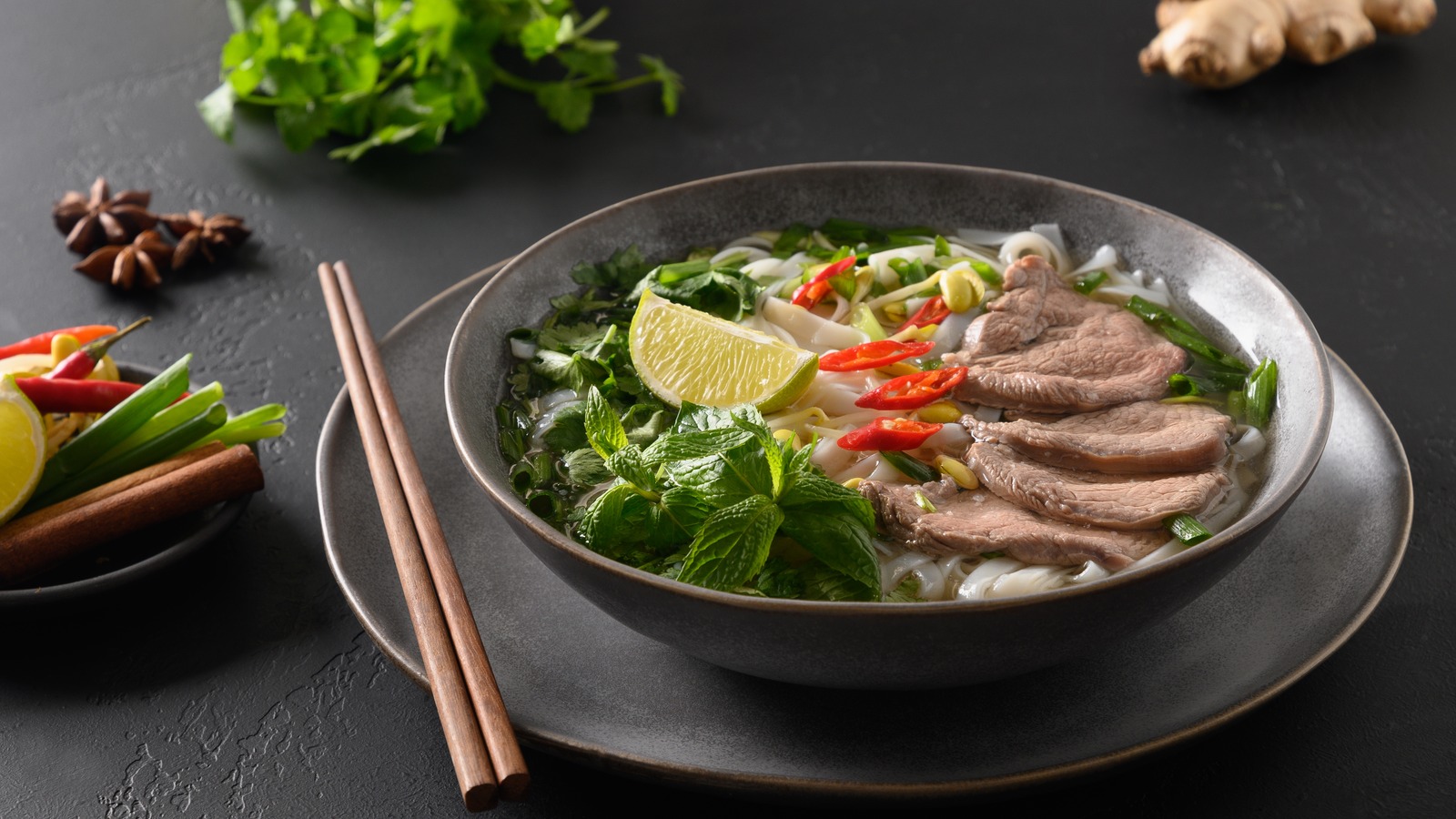Transitioning from Vegetarianism to Eating Meat
Transitioning from a vegetarian diet to one that includes meat can be a significant change for many individuals. Whether it’s due to health reasons, ethical considerations, or simply a desire to explore new culinary experiences, incorporating meat into your diet after being a vegetarian requires thoughtful planning and consideration.
Consult a Nutritionist or Dietitian
Before making any dietary changes, it’s essential to consult with a nutritionist or dietitian. They can provide personalized guidance based on your individual health needs and dietary preferences. A professional can help you create a balanced meal plan that includes the necessary nutrients found in meat, such as protein, iron, and B vitamins.
Start Slowly
When reintroducing meat into your diet, it’s best to start slowly. Begin with small portions and opt for lean, easily digestible meats such as poultry or fish. This gradual approach allows your body to adjust to the new protein sources and reduces the likelihood of digestive discomfort.
Choose High-Quality, Sustainable Options
When selecting meat products, prioritize high-quality, sustainable options. Look for organic, grass-fed, or pasture-raised meats that are free from antibiotics and hormones. Supporting ethical and sustainable farming practices can align with the values that may have initially led you to a vegetarian lifestyle.
Experiment with Cooking Methods
Exploring different cooking methods can make the transition to eating meat more enjoyable. Grilling, roasting, or slow-cooking meats with flavorful herbs and spices can enhance the taste and texture, making the experience of eating meat a positive one.
Be Mindful of Your Body’s Response
As you reintroduce meat into your diet, pay attention to how your body responds. Some individuals may experience changes in energy levels, digestion, or overall well-being. If you notice any adverse effects, consider adjusting the types of meat or portion sizes to find what works best for you.
Pair Meat with Nutrient-Rich Foods
When incorporating meat into your meals, complement it with a variety of nutrient-rich foods such as vegetables, whole grains, and legumes. This balanced approach ensures that you’re receiving a wide range of essential nutrients and promotes overall dietary diversity.
Seek Support and Resources
Transitioning from vegetarianism to including meat in your diet can be a personal journey. Seek support from friends, family, or online communities who have gone through a similar experience. Sharing experiences and learning from others can provide valuable insights and encouragement.
Conclusion
Transitioning from a vegetarian diet to one that includes meat is a significant decision that should be approached with care and consideration. By consulting with a nutritionist, starting slowly, choosing high-quality options, experimenting with cooking methods, being mindful of your body’s response, and seeking support, you can navigate this dietary transition in a way that aligns with your health and ethical values.











